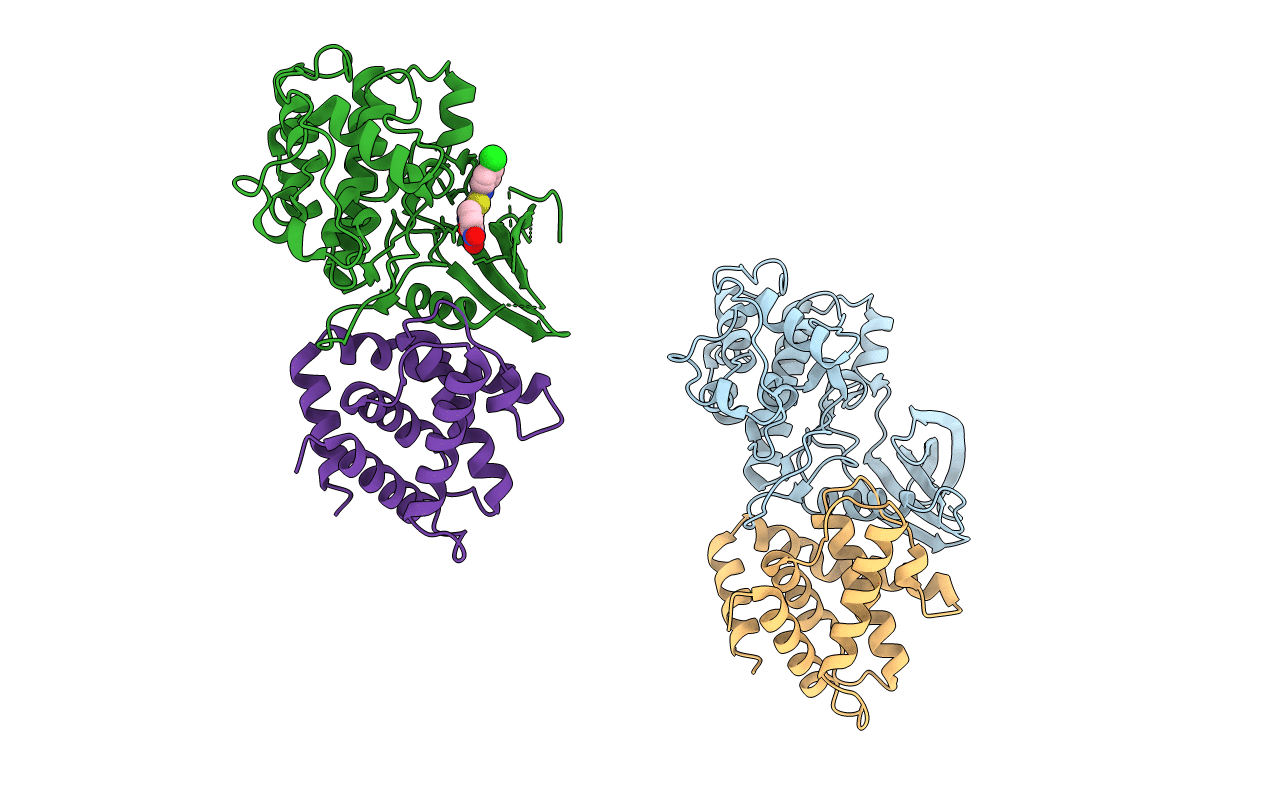
Deposition Date
2010-07-19
Release Date
2011-01-26
Last Version Date
2023-09-06
Entry Detail
PDB ID:
3O0G
Keywords:
Title:
Crystal Structure of Cdk5:p25 in complex with an ATP analogue
Biological Source:
Source Organism:
Homo sapiens (Taxon ID: 9606)
Host Organism:
Method Details:
Experimental Method:
Resolution:
1.95 Å
R-Value Free:
0.25
R-Value Work:
0.22
R-Value Observed:
0.22
Space Group:
P 32 2 1


